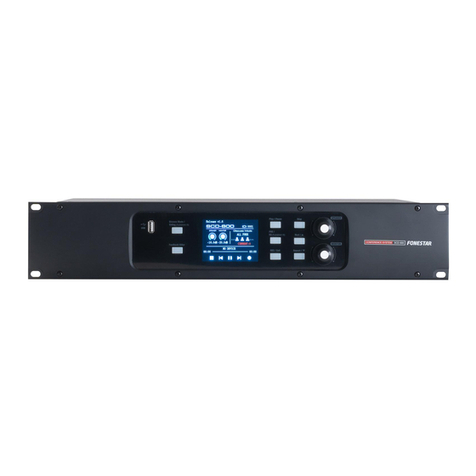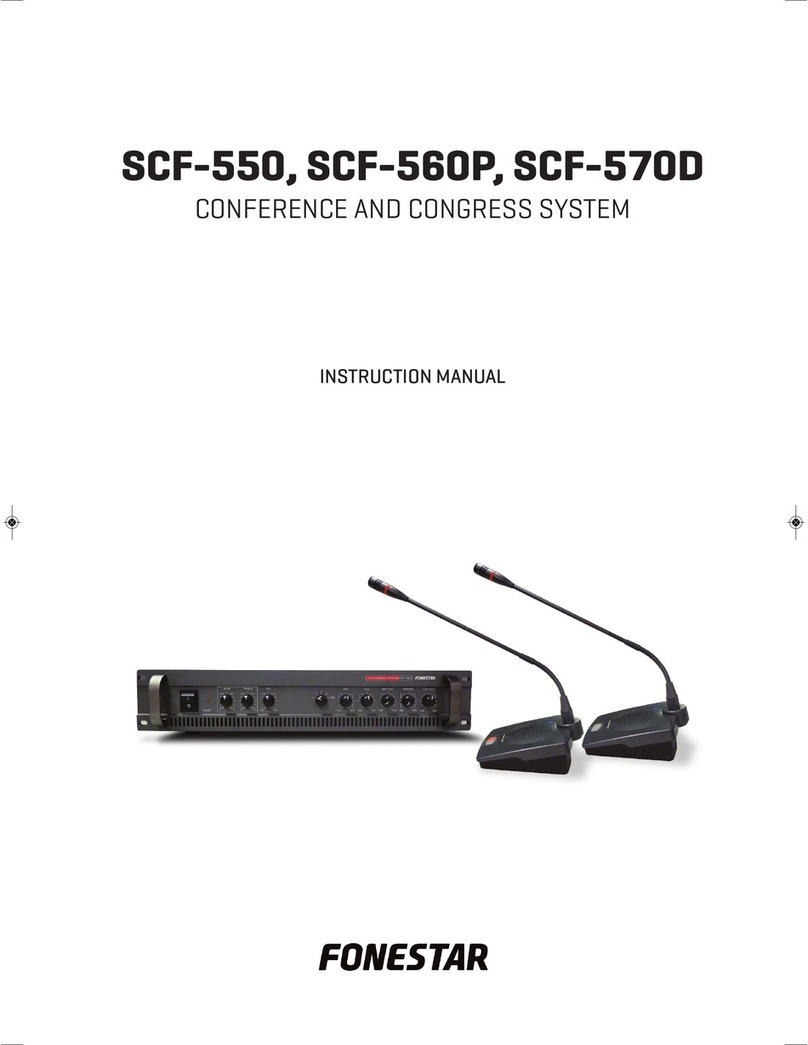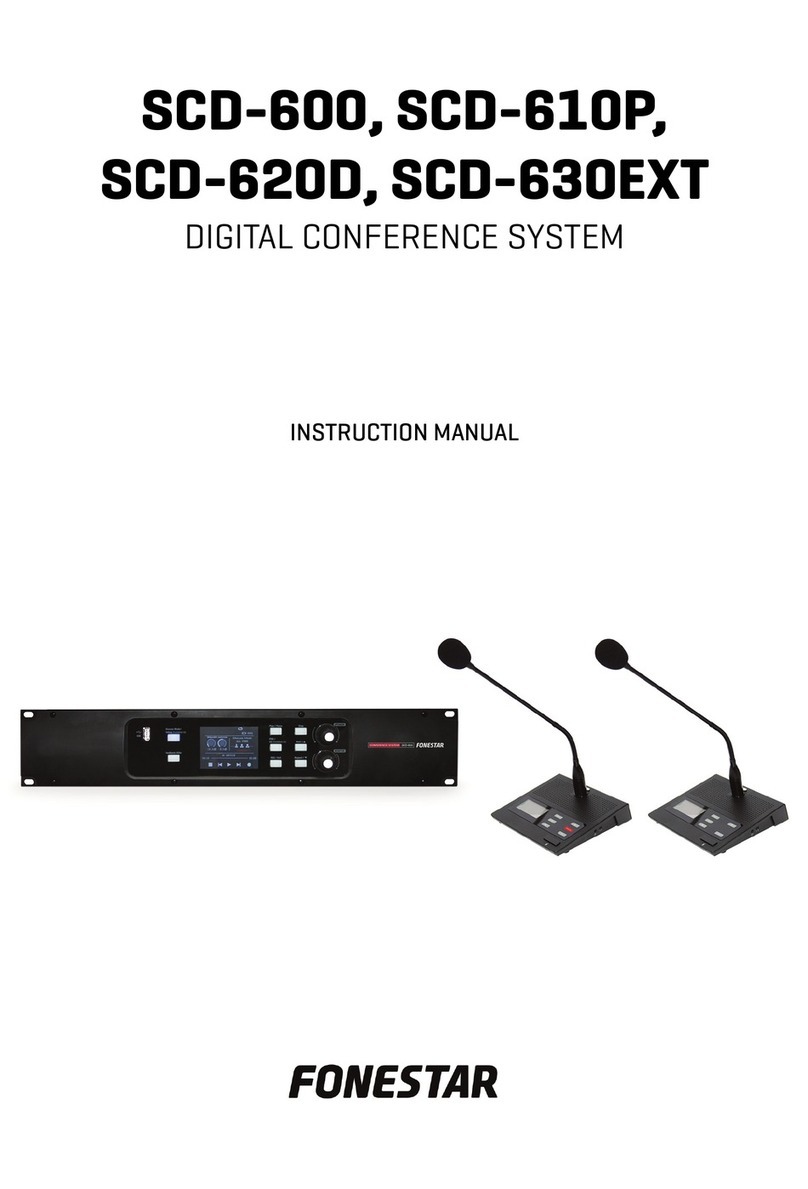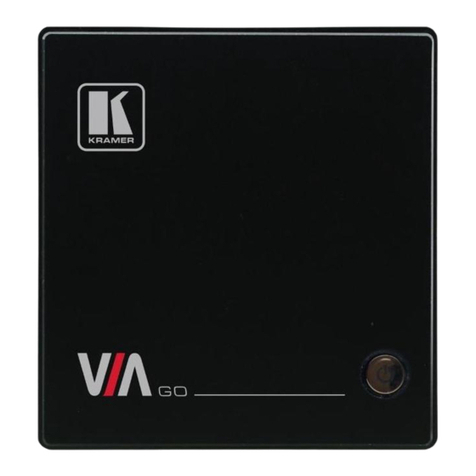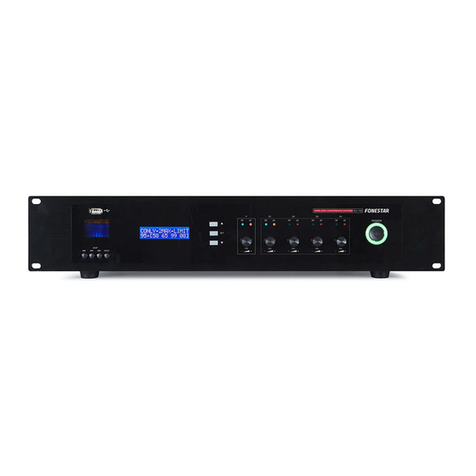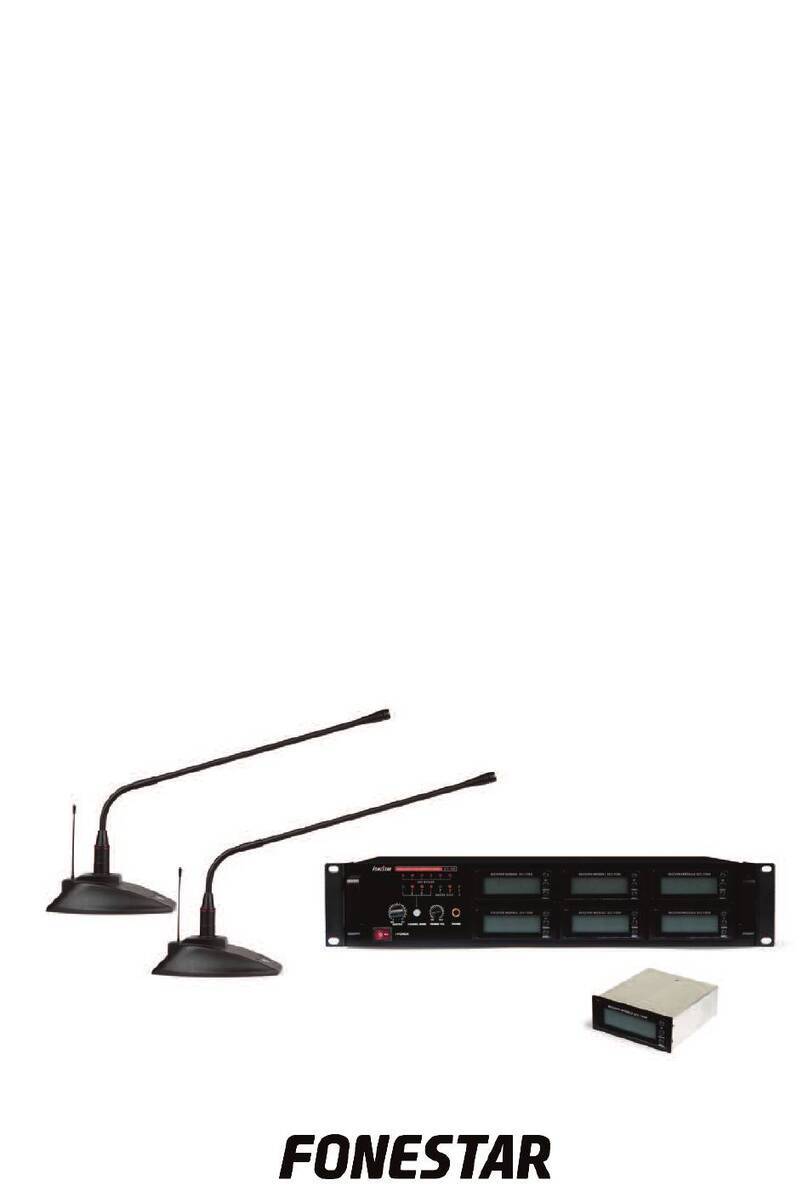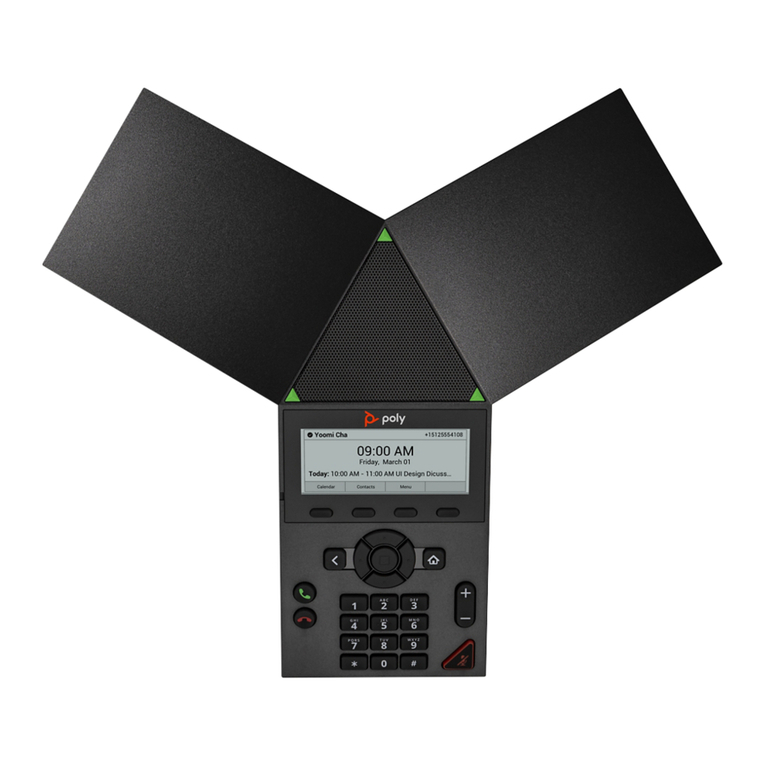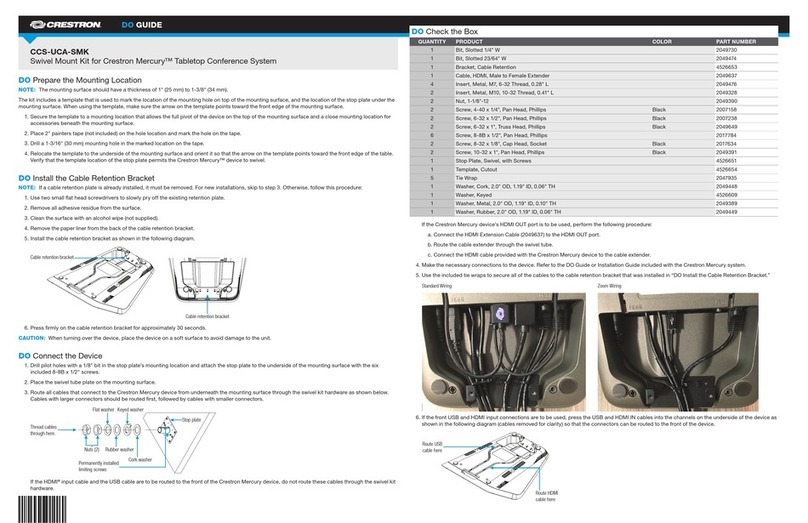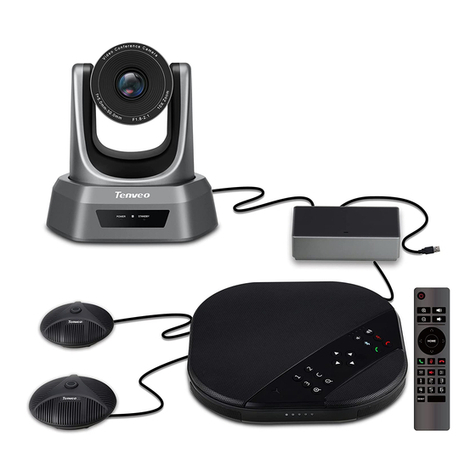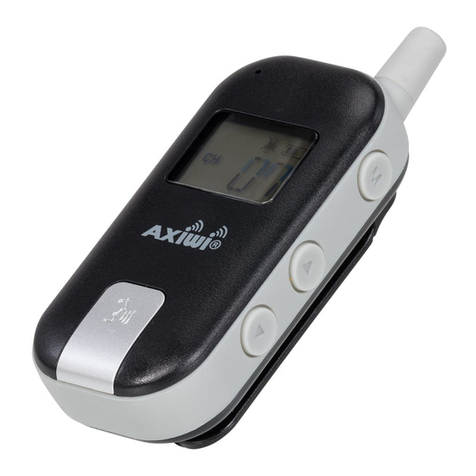
EN
- 9-
The operating frequency for the receiver module can be chosen manually. To do this, press down the IR/SET
button for a few seconds. With the UP/DOWN keys select the TURN option and press the IR/SET button
again. Afterwards, with the UP/DOWN keys choose the desired operating frequency for that module. After
changing the transmission frequency, the new transmission channel must be sent to the microphone using
IR.
The operating frequency for the receiver module can be chosen from the three pre-tuned channels in each
receiver. To do this, press down the IR/SET button for a few seconds. With the UP/DOWN keys choose the
corresponding option, which in this case is CHAN, and then press the IR/SET button again. Then use the
UP/DOWN keys to choose the desired channel for that module and press IR/SET to select it. After changing
the transmission channel settings, the new channel must be sent to the microphone using IR.
Note: The channel frequencies for each module depend on their position within the control unit.
SQUELCH ADJUSTMENT
The squelch adjustment allows one to adjust the output level to decrease noises.
Maintain the button IR/SET pressed down for a few seconds. With the UP/DOWN keys select the
corresponding option, in this case SQ, and then press the IR/SET button again. Next, with the UP/DOWN
keys, select the SQ level necessary (between 0 dB and 20 dB). Press IR/SET again to save the setting. The
higher the squelch value, the lower the receiver sensitivity (and the noise). Therefore, the operating area of
the system is reduced. Turn the squelch level to its minimum before switching the receiver on and adjust it,
if necessary, to reduce noise in the signal received.
BL CKING THE RECEIVER M DULES
By blocking the receiver modules, the channel or frequency cannot be changed in any of them. To do this,
maintain the IR/SET button pressed down for a few seconds. With the UP/DOWN keys select the LOCK
option and press the button IR/SET again. Then, using the UP/DOWN keys select LOCK ON to block the
modules. To unblock you need to go back into the LOCK menu and select LOCK OFF in the same way as
before.
ADVICE T ACHIEVE THE BEST RESULTS
- Use alkaline batteries.
- Remove obstacles between the receiver and the transmitter.
- The distance between the receiver and the transmitter must not be very big or less than 3 metres.
- The receiver aerial must be far away from metal surfaces.
- The interconnection cable for the secondary/external control unit must not be longer than 1.5 m.
- The microphone capsule must be approximately 10 or 15 cm for the speaker’s mouth.
- The output signal level must not be very high otherwise the signal will be distorted.
However, on the other hand, if the output signal is very low, the S/N ratio will decrease and the noise will in-
crease. To adjust the output level to a correct value, we must adjust the mixer level to a standard level, for
example 0 dB gain, and adjust the conference system output volume in such a way that when we speak into
the microphone with a loud voice no distortion is produced.
- Switch the transmitter off after use, and if it is not going to be used for a long time, remove the battery.



